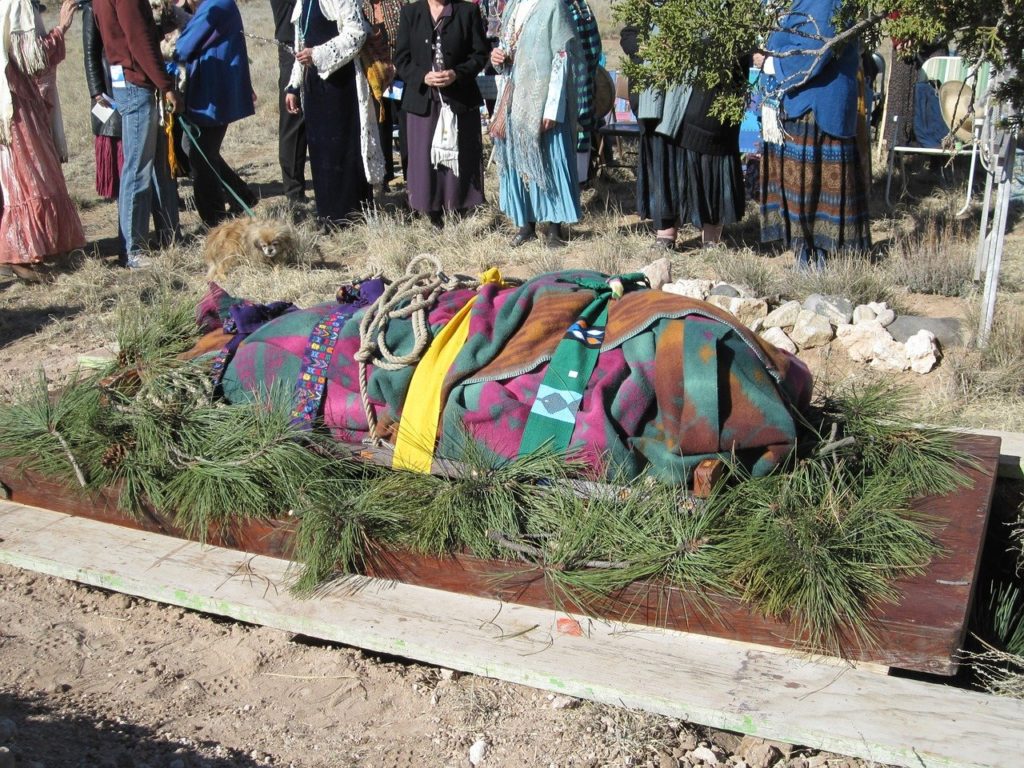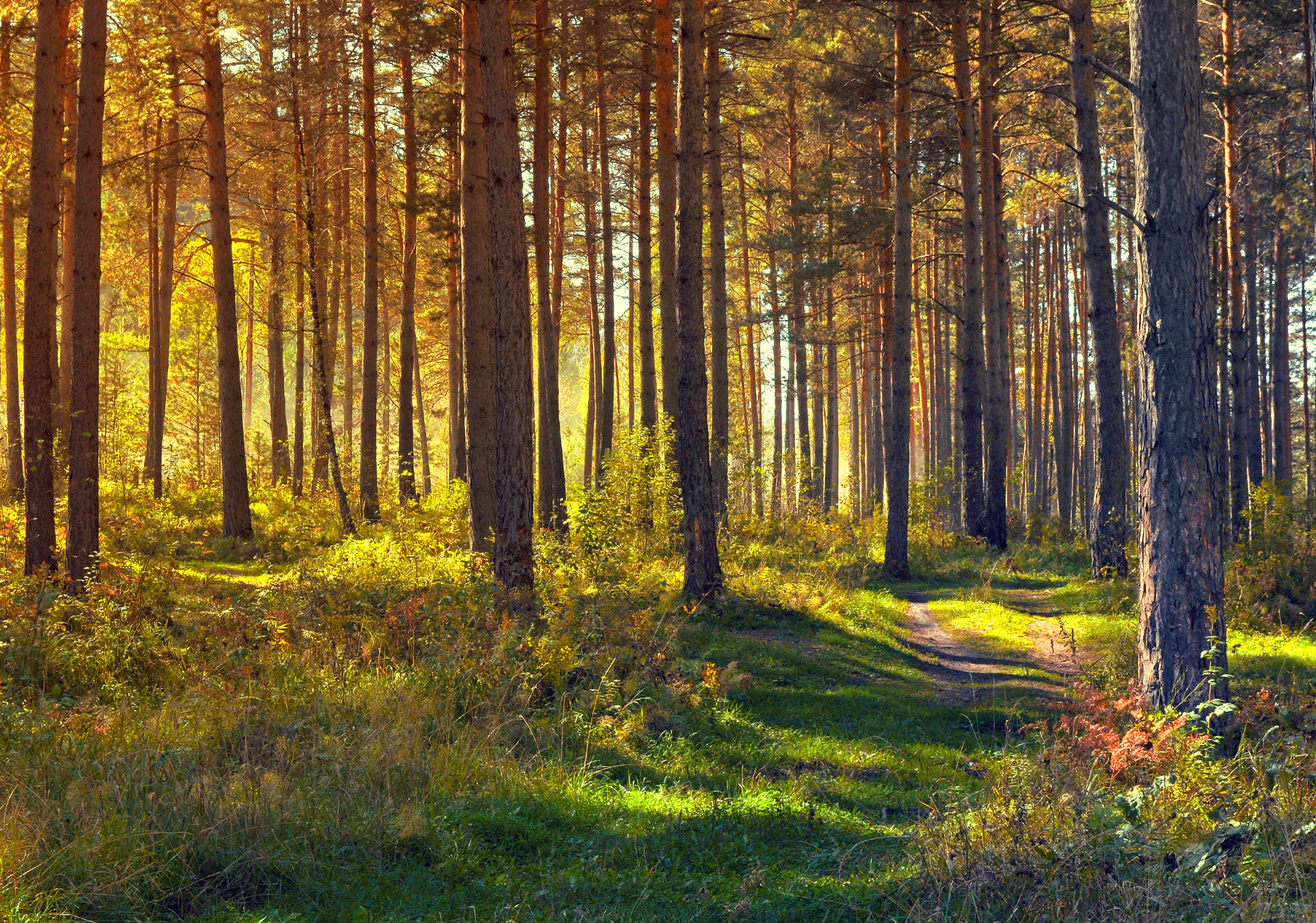There are many people to whom their impact on the environment is a great concern, and they wish to pass on the same way they lived, in respecting and minimizing their carbon footprints. That is the reason behind the growing popularity of eco-friendly ‘green’ burials.
If you haven’t considered the environmental impact of a traditional burial before, these facts may cause you to re-evaluate. Traditional burials often involve using toxic embalming fluids that leach into the earth over time and non-degradable grave liners to keep grave sites looking flat — techniques that are good for preserving a body (sometimes indefinitely) but terrible for the environment. Even cremations release harmful emissions like carbon monoxide and mercury into the air and soil.
How A Green Burial Solves All These Issues
The main idea behind a green burial, as you might have guessed, is to lessen your environmental impact and reduce your carbon footprint. There are many people who view this method as a return to the way people were buried before the death care industry evolved into what it is today. For others, natural burials are actually prescribed by religious law, for instance those of Jewish or Muslim faith.
There are three core concepts behind any green burial – conservation of resources, conservation of the environment and sustainability.
Conservation of Resources
This is achieved through using sustainably produced materials from renewable sources for caskets. These range from biodegradable linen to untreated wood. Conventional caskets, on the other hand, are often made from treated wood or metal, which is not sustainable.
Conservation of Nature
Green caskets and shrouds are made from materials that decompose easily, with minimal impact of the surrounding soil, water and air. Any emissions that may be produced are carbon-neutral, so the impact is negligible. In contrast, commercially produced caskets can take ages to break down, even more so if they contain metal parts like hinges or handles. Also, these types of caskets are often treated with chemicals like paint and veneers, which seep into the soil as the casket breaks down. Also, the manufacturing and transport of conventional caskets and outer burial containers requires a huge amount of energy and causes significant carbon emissions.

Another point to consider is the actual burial ground. Conventional cemeteries often use herbicides to maintain the grass, which can be absorbed into the earth; outer burial containers, which impede the decomposition of the body and take an extremely long time to decompose; and allow embalmed bodies to be buried, which results in formaldehyde and other embalming chemicals to enter the earth.
Green cemeteries require that every effort is made to maintain the natural habitat of the environment, including maintaining clean groundwater, preserving the natural landscape, and providing an environment for native plants and animals to thrive. This is why you won’t ever see elaborate grave markers in a green cemetery. At most, you may find a tree or a flat stone with engraving. However, that’s not to say you won’t be able to find the grave of your loved ones again if you choose to visit the grave site. Most green cemeteries provide GPS coordinates that you can use to find your way back.
In Conclusion
By taking advantage of green funeral options, individuals planning ahead—and their families—can find comfort in knowing their passing will not negatively impact our environment. Many people also take refuge in the fact that their green burial will allow them to become one with nature. Those who have lived well take pride knowing they have also died well. Green funeral options may offer solace to those who wish to minimize their environmental footprint in death as they did in life.
What are your views on the matter? Share your comments below.
